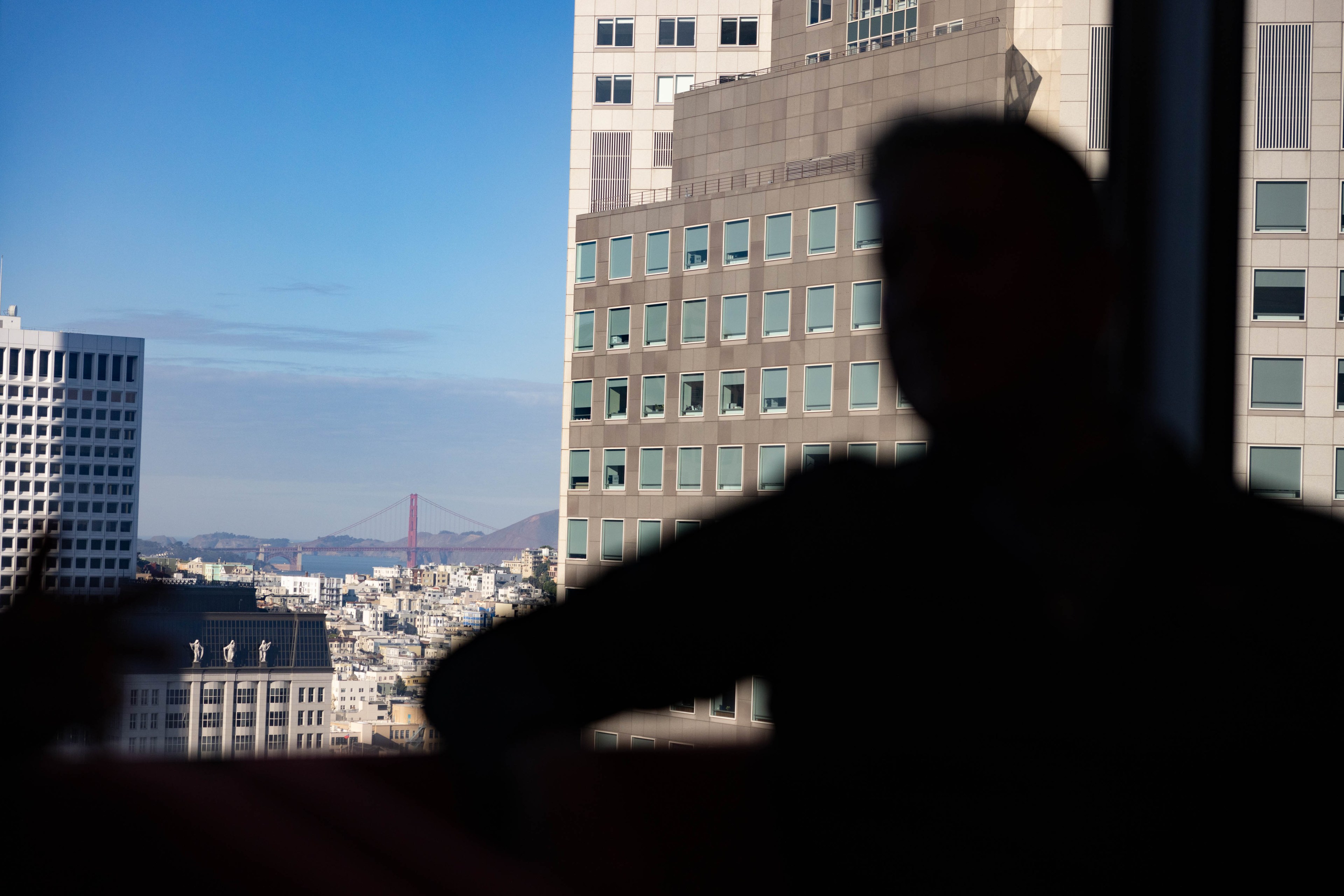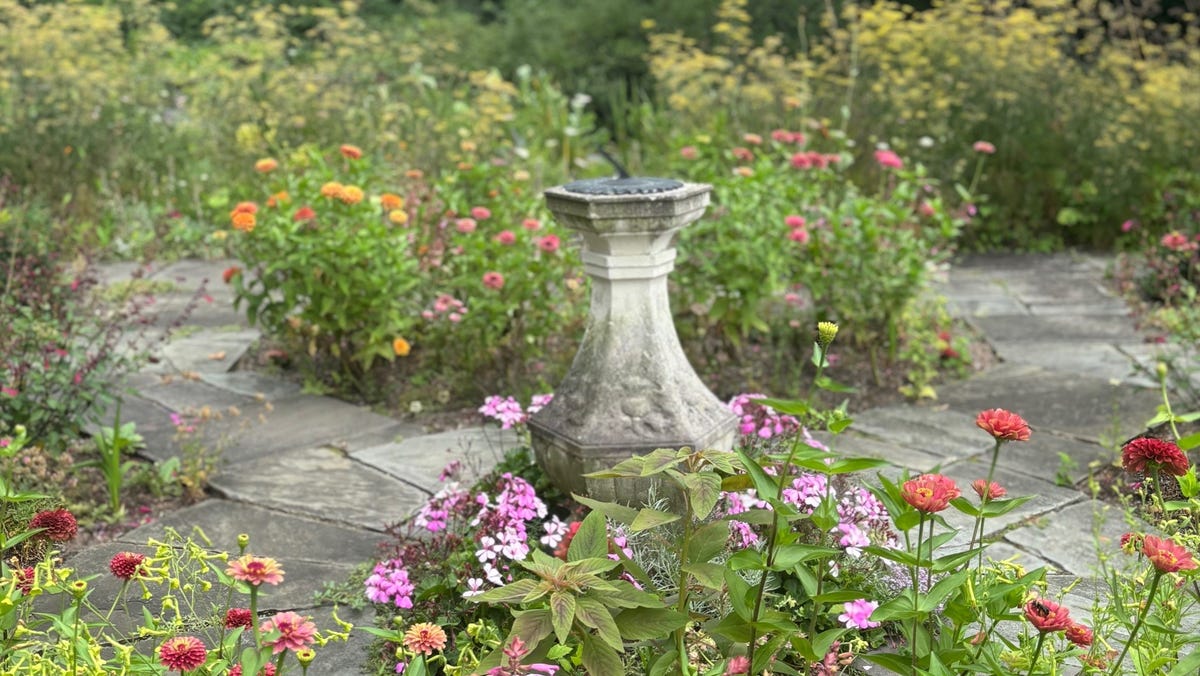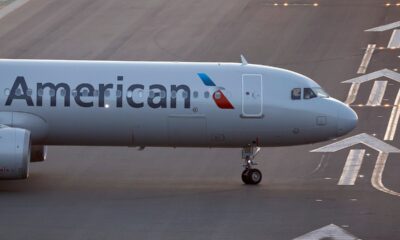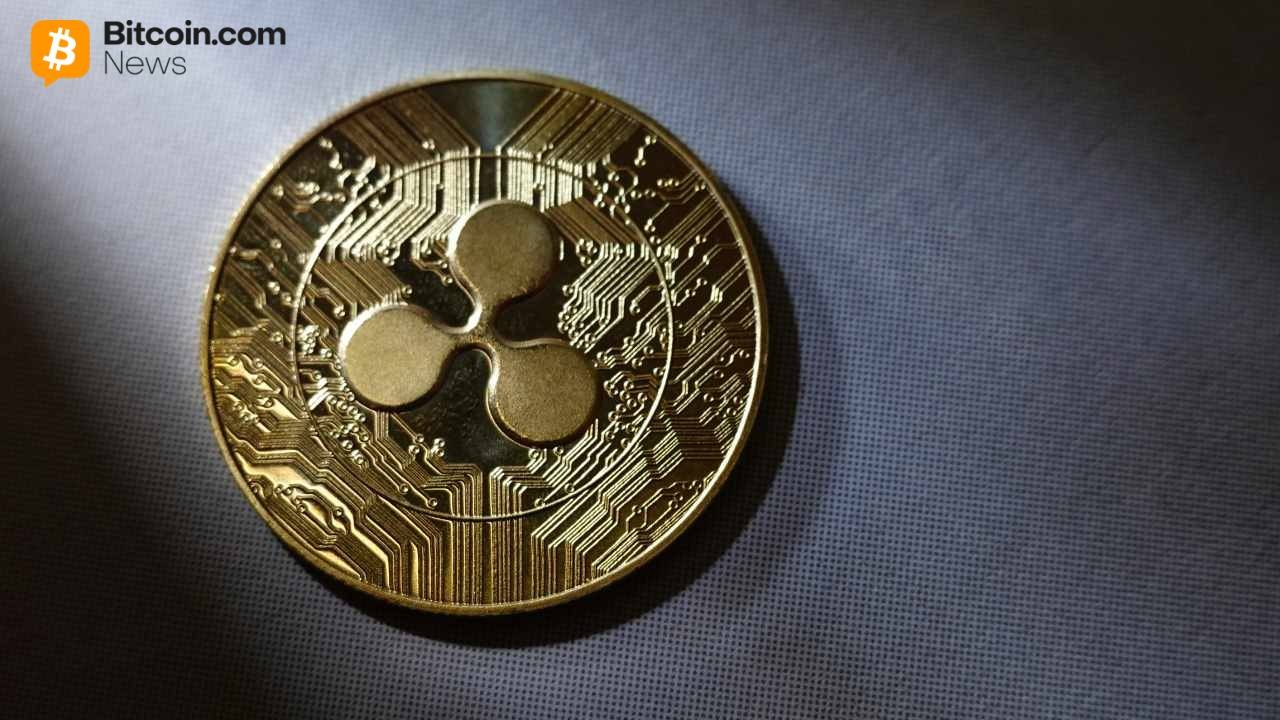Joe D’Alessandro’s waterfront retirement party as the president and CEO of the San Francisco Travel Association is due to feature DJs, drag queens and a hell of a good time. It’s a fitting outro after 17 years leading San Francisco’s biggest tourism booster.
San Francisco, CA
Retiring SF Travel CEO: San Francisco Can’t Be Complacent
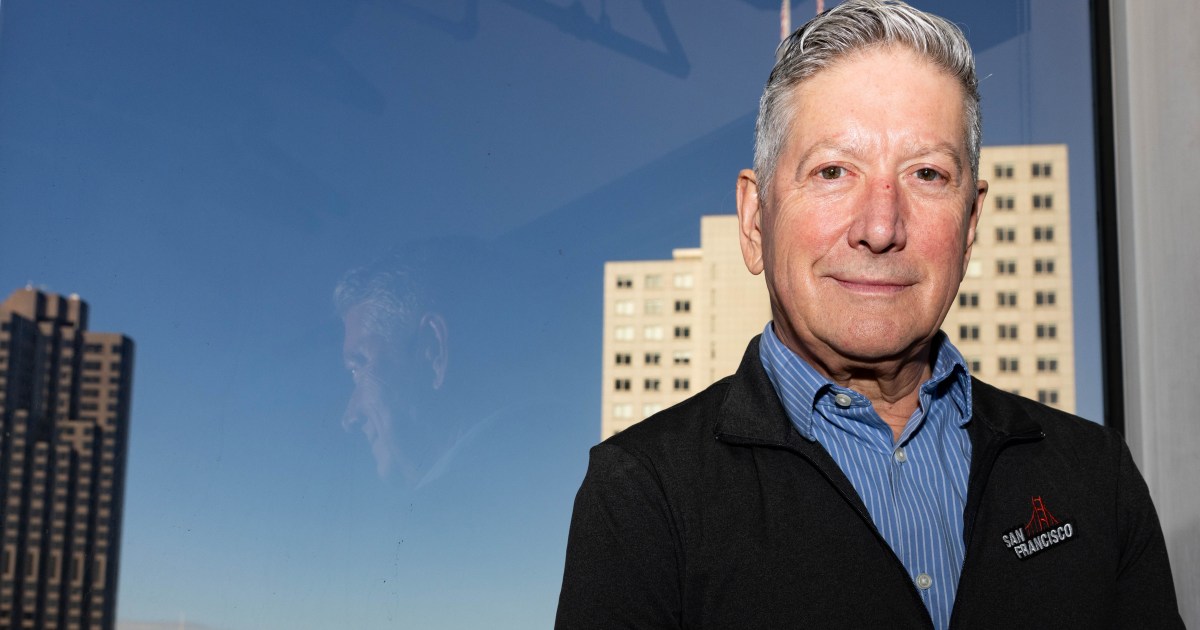
Since joining SF Travel in 2006, D’Alessandro has—among other things—created a novel funding source for the organization through the San Francisco Tourism Improvement District, spearheaded a $500 million renovation of the Moscone Center and presided over a Super Bowl and dozens of major events and conferences.
During his tenure, he oversaw a decade straight of record-breaking tourism growth before the pandemic put the entire industry in reverse. D’Alessandro has worked on steadying the ship before passing on the torch to the recently appointed Scott Beck. In an interview, he reflected on his career and the state of recovery for one of San Francisco’s biggest economic drivers.
This interview has been edited for length and clarity.
Why did you think now was the right time to step down?
I’ve been here almost 18 years, and it’s been a great run for us and for me personally. I just think it’s time for somebody else to take over. There always needs to be a change of perspective and a new person coming in here will bring [a] kind of new vision and new leadership. I sensed this on the horizon; I’ve looked at the end of this year as my retirement date for over five years, since pre-pandemic.
What won’t you miss about this job?
I won’t miss some of the stress of dealing with the day-to-day management or challenges that come up or hearing that a convention is canceled or a major retailer has closed and taking it personally. Like, what could I have done to make a difference in that? That stress level I won’t miss.
A major role that SF Travel plays is defining the city for the rest of the world, how have you tried to do so?
Our tagline for a while has been “Never the Same. Always San Francisco.” I think that’s so relevant today because over the city’s history, it has always gone through these periods of change, ups and downs, twists, implosions and long periods of great economic well-being and wealth. Somebody sent me a news clip from ABC News from 1987 that was talking about everybody’s leaving San Francisco and that companies are moving out and the streets are horrible. Then we came back. We had the dot-com implosion and 9-11, and unemployment skyrocketed. And we came back. A lot of cities go through economic hardships, but they don’t have these bones and this incredible history.
How do you compare the state of SF Travel and the travel and tourism industry from the nadir of 2020?
San Francisco was hit the hardest of any major city in the country. Our No. 1 market before the pandemic was China, which shut the borders down. On business travel, we’re the ones that worked from home first and, in many cases, working remotely. That has really hindered our growth because you need the vitality of restaurants and everything Downtown to really make a difference. In group travel and conventions, it’s been the strongest year since 2019, but we’re still going to take time to get back. SF Travel gets funded through an assessment on hotel rooms, and the rug was pulled out from under us. We’re still only back to about 68% of our pre-pandemic staff and similar in terms of our budget.
We had a number of major conventions and events in this year, but the calendar is much lighter next year. What’s going on there?
A lot of conventions here meet in San Francisco on rotation. We knew 2024 was going to be a soft year, but we also lost some important business because of the perception of San Francisco not being safe and the streets not being up to par. We understand San Francisco has its challenges; all cities do. But in terms of safety, that’s just a misinterpretation of reality. It’s one of the safest big cities in the United States in terms of actual violent crime rates. So our job is not only to say all the stuff we typically do about the great culinary attributes of San Francisco, the natural beauty, the cultural diversity, but also the reality of what the situation is when people come to San Francisco. Instead of just telling our customers we bring them here. To the big convention planners who are asking these questions, we say, ‘Come here and see for yourself.’ Almost always people are saying, ‘Oh, it’s so much better than what I see in the media.’ Maybe our tagline should be changed to: San Francisco is not nearly as bad as what you think.
Have you seen other cities become more aggressive in utilizing those negative media narratives to win business from San Francisco?
Absolutely. People will see the vulnerabilities of any destination, whether it’s Hawaii after the Maui fires or after Hurricane Katrina, [when] other cities were trying to go in and take business that was going to New Orleans. It’s just the nature of a competitive business like this. We’ve had many big convention groups that have come to San Francisco and had really positive experiences, so we get them to be ambassadors to talk to other meeting planners. One of our biggest challenges is we’re still a very, very expensive city to do anything in. So a city like Las Vegas will come in and say, ‘Hey, we’re a lot less expensive than San Francisco.’ That’s a competitive factor that’s honestly a lot harder for us to deal with. What we have to be able to demonstrate is that the value is better in San Francisco, the experience is better in San Francisco.
Five years ago, you made headlines because you spoke out publicly about your issues with street conditions and cleanliness. How do you judge progress on those problems?
I still feel that we can do a better job of making the streets cleaner and feeling more welcoming and safe. We slid backward during the pandemic for obvious reasons, but I think the city is very focused on turning things around. I do think the streets in the central part of the city are better than they were even in 2019. Back then, we became complacent. The economy was just roaring. It seemed like there’s no way we’re going to fail because everything was so fantastic. We’ve learned differently, and I think that we can’t take anything for granted anymore. Sometimes when we become complacent, we do take our eye off the ball. When your restaurant is always full, you’re maybe less hungry to go that extra mile to provide the best service. That’s what we have to look at as a city, not just for visitors, but for locals.
What has the recovery of international travel looked like since the pandemic?
We had more seats from San Francisco to London this summer than we had in 2019. Europe is rebounding very fast; there was a lot of pent-up demand. I’m pretty confident Asia is going to be doing the same thing. We’re seeing numbers coming from important markets like Korea that are going very positively in our direction. Japan is also actually exceeding what our expectations were for recovery. Hong Kong is not quite where it was. China obviously is not where it was, but a lot of the service is coming back. United has reestablished its daily service to Shanghai and Beijing, and China Southern and Air China and other carriers are reestablishing service this year. APEC being held here helped because a lot of people in China saw San Francisco in the news, and it was a positive experience for the Chinese delegation.
What is the general timeline for a full return to pre-pandemic levels?
We can look at certain segments and have a pretty good idea when the recovery is going to happen. We have a good idea that our convention market’s going to recover probably in 2026 or 2027 timeframe. What we don’t have a handle on is the business travel, which makes up about a third of our of our traffic. When is that going to come back? I don’t know if anybody really knows. But we’re seeing the transient traveler coming back, the leisure traveler coming back. I think that 2026 seems to be the year that feels like we’re back to where we were before.
When you work in the travel industry, you travel a lot. My kids grew up, and I wasn’t around as much as I would have liked to have been. So one of my main priorities is my 2-year-old granddaughter. I have two children, and my husband has four. They’re all adults now, but I’m going to make up for not being around as much as I was in the past by making them uncomfortable with me being around all the time. I want to be involved with San Francisco and anything I can do to make this a better place for people to come and go. So if there’s something I can figure out to do to make San Francisco a more welcoming place. I would love to do it, as long as I can bring my granddaughter.

San Francisco, CA
San Francisco eyes new pickleball court sites
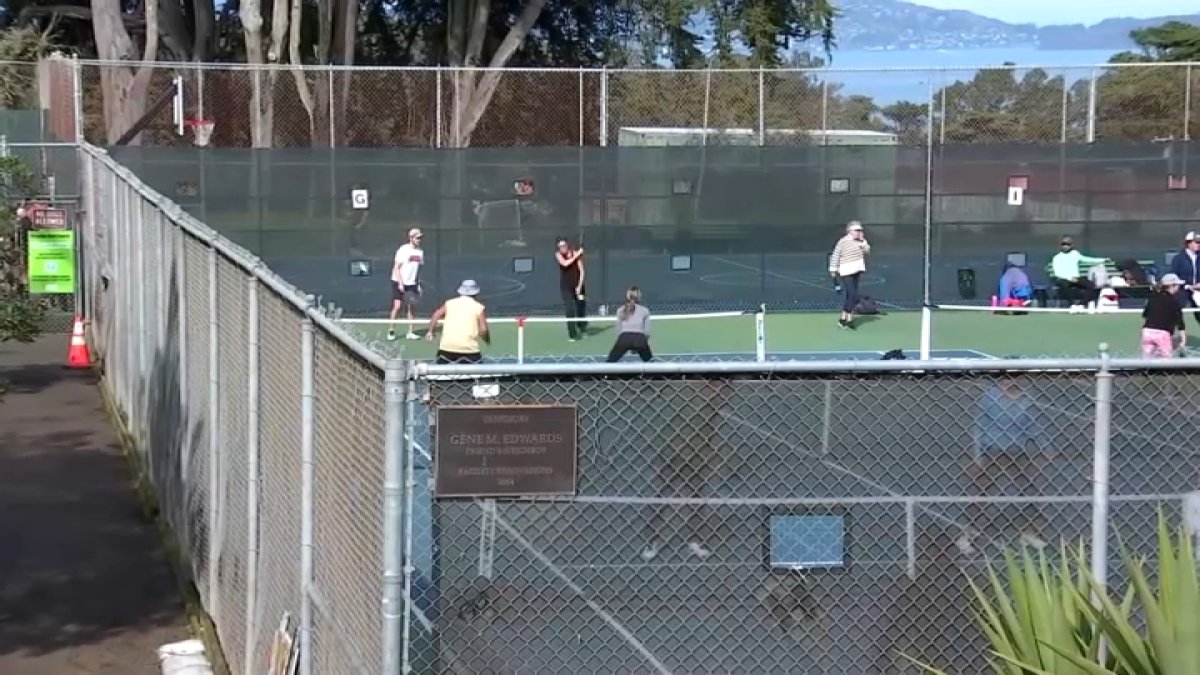
As pickleball popularity grows, so does the demand for courts – and the debate over the sport’s noise factor.
NBC Bay Area’s Sergio Quintana shows us how San Francisco is trying to meet the demand without upsetting residents in the video report above.
San Francisco, CA
Skaters push back as San Francisco plans to demolish iconic Vaillancourt Fountain
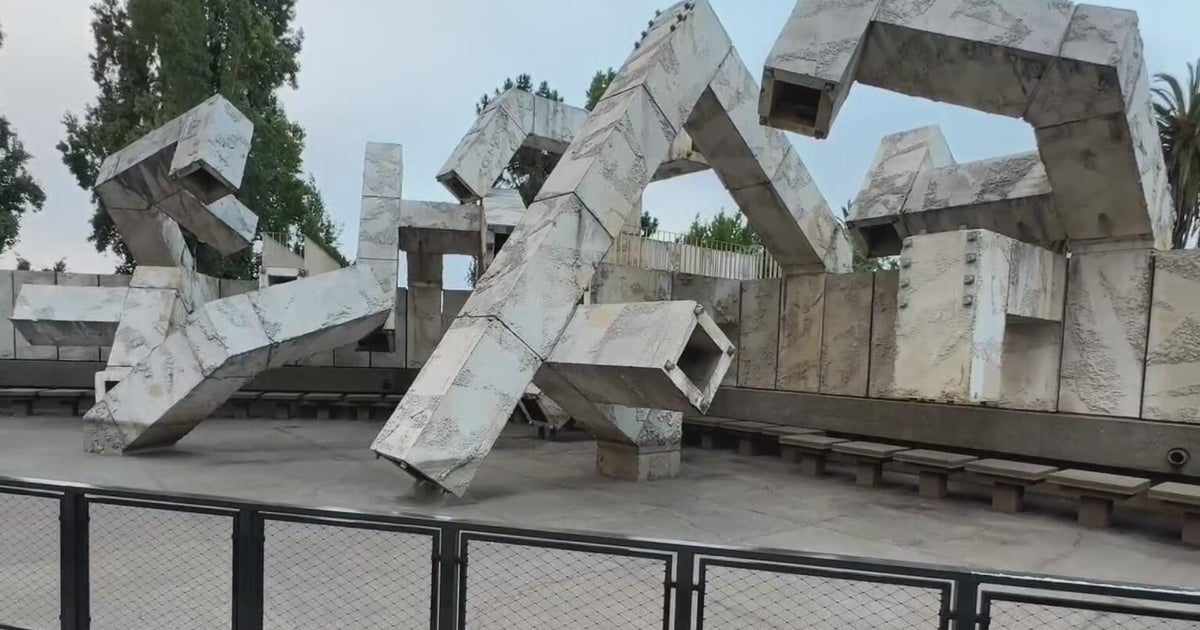
A growing group of skaters is pushing to preserve the Vaillancourt Fountain after the City of San Francisco announced a multimillion-dollar renovation plan that would remove the structure made of concrete square pipes.
Zeke McGuire started skating at the age of 10, and he grew up skating at the plaza and near the fountain.
“To see it go would be devastating,” McGuire stated. “I’ve been coming here my whole life. I’ve skated those stairs. I’ve been injured on those stairs.”
He’s skated on every inch of the Plaza, including the ledges of the Vaillancourt Fountain, which was completed in 1971. It’s impossible to miss, with its boxy concrete tubes that stand about 40 feet high.
It’s been the backdrop of more skateboard videos than anyone could count.
“It’s extremely awesome,” McGuire said. “There’s people all across the world that come to San Francisco to skate here specifically. So for it to be gone, people would come here to visit and it wouldn’t be here anymore, so I would say get it in before it’s gone.”
San Francisco Recreation and Parks announced the Embarcadero Plaza Renovation Project last year. It is a plan to construct a new waterfront park, which would tear down the structure.
Tamara Barak Aparton with Rec and Parks says that after years of deterioration, the fountain is unsafe.
“The structure is unstable,” Barak Aparton stated. “Hazardous materials are present, and we can’t allow the public access to a space that poses safety risks.”
Historical preservationists, landscape architects, and skate enthusiasts, like Bay Area professional skateboarder Karl Watson, are now pushing back and saying it’s a part of that sport’s history in San Francisco.
“A beautiful monstrosity that needs to stay,” said Watson, describing the fountain.
He says except for a few exceptions, people didn’t skate into the fountain, just around it.
“The fountain was integral for when we were tired after skating, we needed a place to relax and just enjoy the water flowing and the fountain definitely did that for us,” Watson said.
Now, the fountain is stagnant. The water stopped flowing years ago. In June 2025, it was fenced off.
Feldman was disappointed to see it like this.
“I came down here last week just to see the fencing and I was like ‘oh, they really don’t want us skating here anymore’,” Feldman explained.
In August, the Recreation and Parks department formally requested permission to remove the fountain from the city’s Civic Art Collection.
But McGuire is hoping people like Watson, and the artist keep fighting. Armand Vaillancourt’s lawyer recently sent a letter to multiple city departments demanding the city cease and desist all efforts to remove his work.
No final decision has been made yet, but if it does go, McGuire hopes they’ll leave something.
“Even if it was to be fully demolished, I think it would be really nice if they kept a little bit of something,” McGuire said. “Or maybe make a part for people to skate.”
San Francisco, CA
Laver Cup to make San Francisco debut at Chase Center

San Francisco is set to host the 2025 Laver Cup at Chase Center from September 19 to 21, marking the first-ever tennis tournament held at the arena and the return of major men’s pro tennis to the city in over a decade. Steve Zacks, CEO of the Laver Cup, says this event showcases tennis like fans have never seen before, featuring a unique team format created by Roger Federer.
-
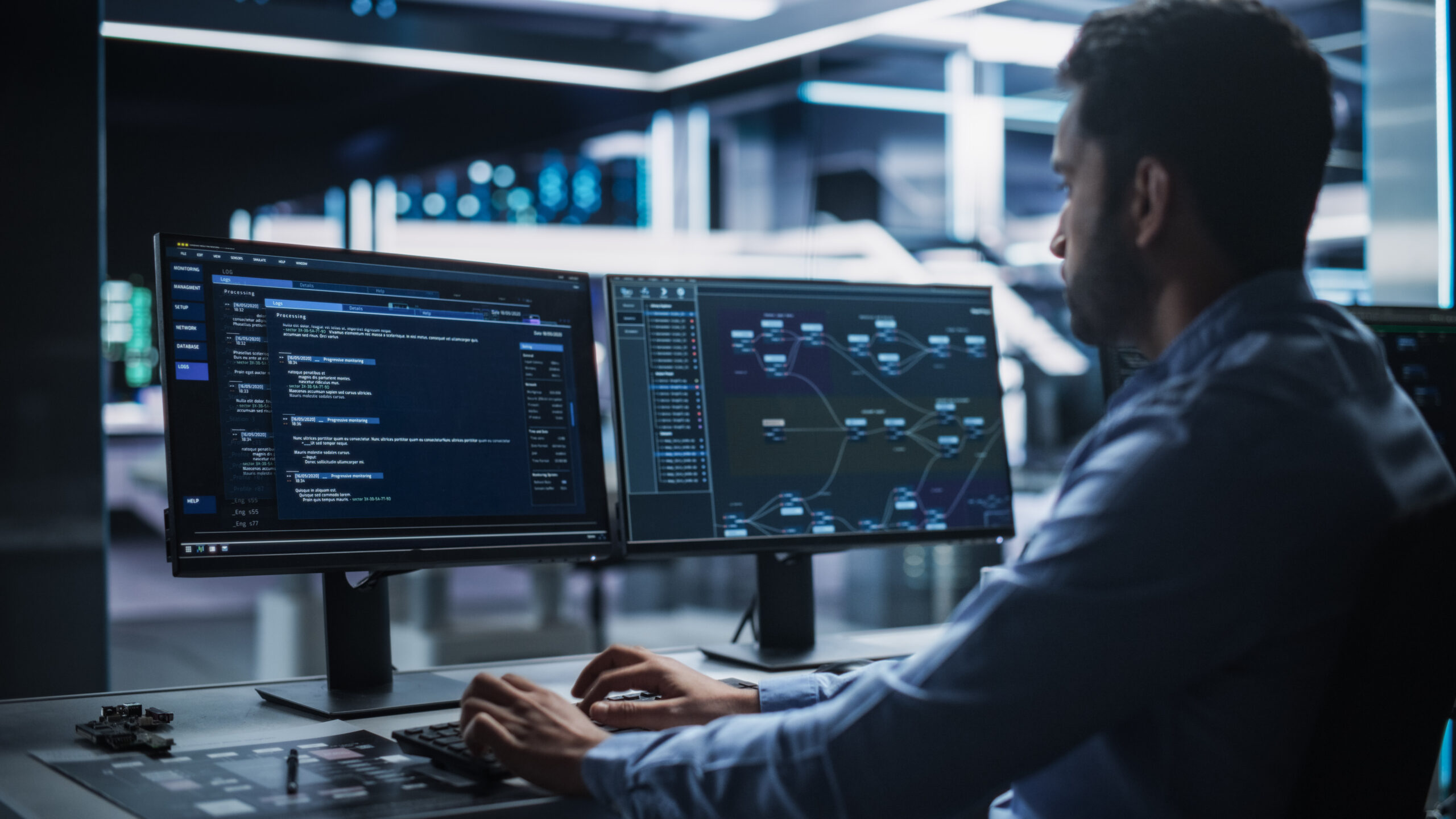
 Finance1 week ago
Finance1 week agoReimagining Finance: Derek Kudsee on Coda’s AI-Powered Future
-

 World7 days ago
World7 days agoSyria’s new president takes center stage at UNGA as concerns linger over terrorist past
-
North Dakota1 week ago
Board approves Brent Sanford as new ‘commissioner’ of North Dakota University System
-

 Technology7 days ago
Technology7 days agoThese earbuds include a tiny wired microphone you can hold
-

 Culture7 days ago
Culture7 days agoTest Your Memory of These Classic Books for Young Readers
-

 Crypto7 days ago
Crypto7 days agoTexas brothers charged in cryptocurrency kidnapping, robbery in MN
-
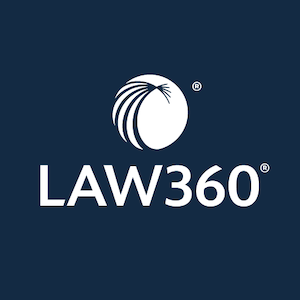
 Crypto1 week ago
Crypto1 week agoEU Enforcers Arrest 5 Over €100M Cryptocurrency Scam – Law360
-
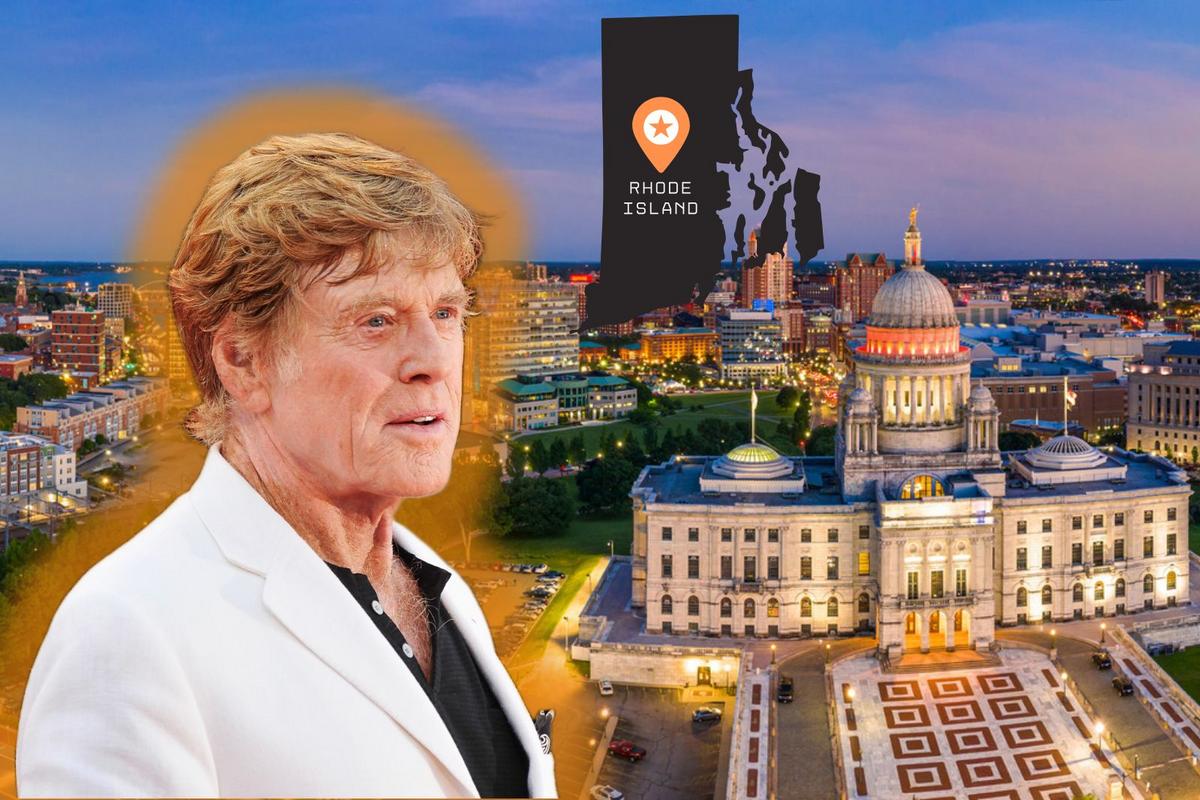
 Rhode Island1 week ago
Rhode Island1 week agoThe Ocean State’s Bond With Robert Redford
